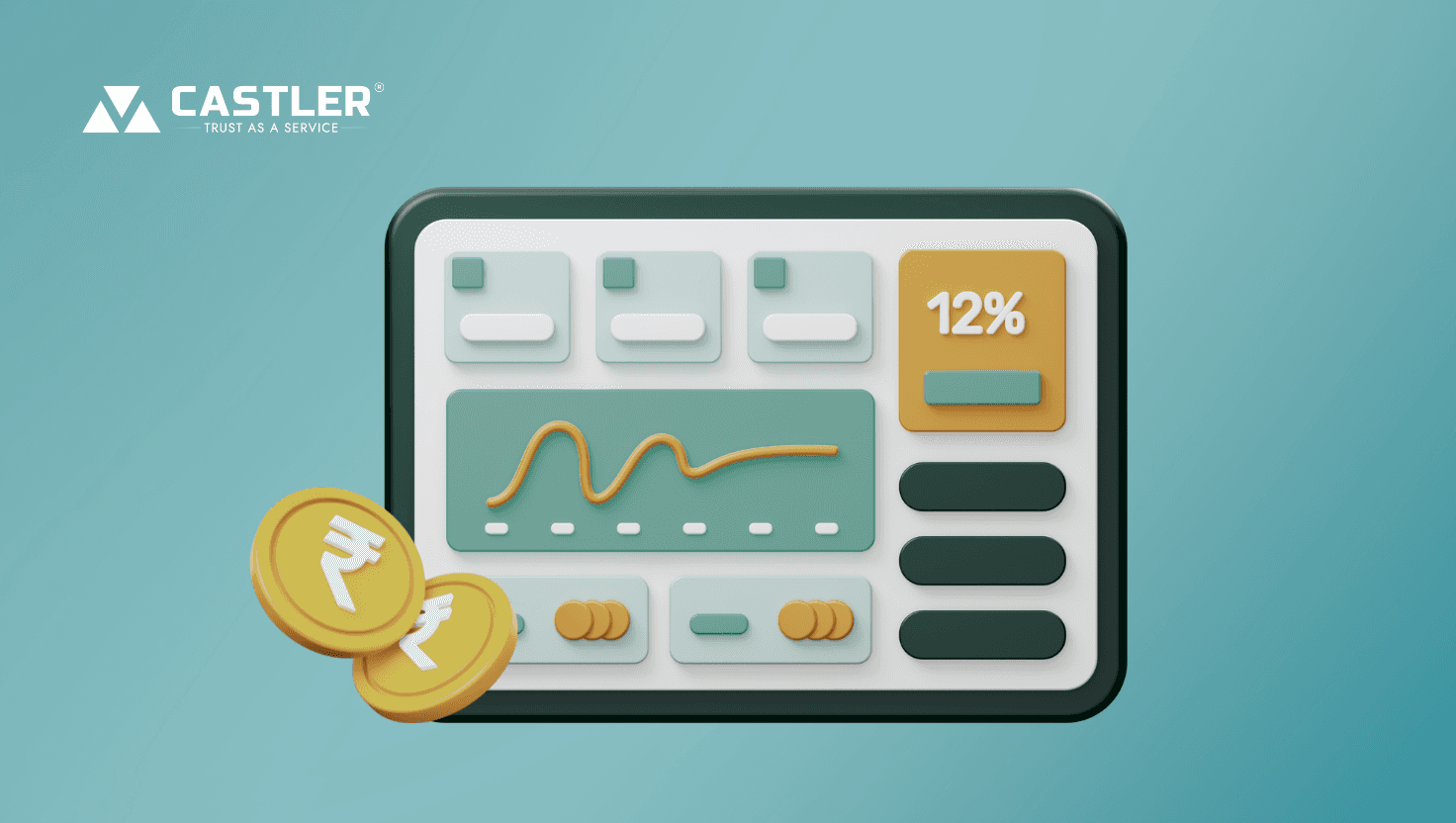Payments
|
July 8, 2025
-
6 MINS READ

Introduction
India's digital payments scene has seen a remarkable transformation over the last thirty years. We've come a long way from relying on cash and checks to embracing UPI, QR codes, and real-time programmable payments. This evolution isn't just about technology; it's also about changes in behavior, culture, and infrastructure. As businesses and consumers increasingly seek faster, smarter, and more secure ways to handle money, platforms like Castler are stepping up to create a payment infrastructure that's not only intelligent but also compliant and programmable. In this blog, we’ll take a look back at India's payment journey, from its humble beginnings to what the future holds.
The 1990s: Cards Spark the Digital Shift
The 1990s were a turning point for India as it began shifting from a cash-heavy economy to one where digital payments started to gain traction. Major banks like SBI, HDFC, and ICICI played a crucial role by introducing debit and credit cards, marking a significant move towards cashless transactions.
These cards not only made it easier for people to avoid carrying wads of cash but also opened up a new world of convenience for Indian consumers. You could start seeing POS terminals pop up in urban retail spaces, slowly making card payments the norm in big cities. However, the journey wasn’t without its bumps; adoption was sluggish due to factors like limited digital literacy, poor infrastructure, and a general lack of trust in online transactions.
Nevertheless, the groundwork for digital change had been laid. The plastic card emerged as a true emblem of India’s financial modernization.
The 2000s: Internet & Mobile Wallets Arrive
With the internet boom in India in the early 2000s, banks started to digitize their operations, paving the way for internet banking. Suddenly, customers could check their account balances, transfer money, and pay bills without ever having to set foot in a branch.
This era also saw the emergence of prepaid mobile recharges and digital wallets like Paytm and Freecharge, which thrived on the increasing popularity of smartphones. Mobile wallets made it easy for consumers to store money digitally and make quick payments, especially for smaller transactions among the younger crowd.
By the mid-2000s, India welcomed services like ECS (Electronic Clearing Service) and NEFT (National Electronic Funds Transfer), which made moving money between banks much smoother. For the first time, financial convenience was no longer just for the wealthy; it was starting to become accessible to the everyday person.
2016: Demonetization & the UPI Revolution
The year 2016 stands out in our memories for one significant event: demonetization. It shook up cash transactions almost overnight, but it also sparked a huge move towards digital payments.
The real game-changer in this transition was the Unified Payments Interface (UPI), introduced by NPCI. UPI made it super easy for users to send and receive money instantly right from their mobile phones, using just a virtual payment address—no need for card details or IFSC codes.
Suddenly, everyone from local grocery stores to taxi drivers was on board with UPI. Its ability to work seamlessly across different banks, along with zero transaction fees, made it the preferred payment choice for both shoppers and sellers. In just a few years, UPI skyrocketed to billions of transactions each month, setting a global standard for digital payments.
With UPI, India didn’t just catch up it leaped ahead. It bypassed the cumbersome plastic-based systems and jumped straight into mobile-first payments, significantly boosting financial inclusion across the country.
2020s: The API Era Begins
As we stepped into the 2020s, payments became so seamlessly woven into our apps and daily routines that they almost faded into the background. Whether it was scanning QR codes at local markets or setting up automatic payments for our favorite streaming services, handling payments became second nature.
This decade ushered in the popularity of Buy Now, Pay Later (BNPL) options, AutoPay setups, subscription billing, and payments embedded right into the platforms we use. Consumers began to expect transactions to be smooth, quick, and tailored to their needs.
The pandemic only accelerated this shift. With a focus on contactless transactions, businesses swiftly embraced UPI, eNACH, and digital invoicing to cater to a remote-first clientele. APIs and automation became the backbone of today’s payment systems.
The Role of Castler in the Payment Evolution
In today’s complex financial landscape, Castler presents a seamless, API-driven payment platform tailored for regulated industries. It simplifies both incoming and outgoing payments, offering real-time insights, smart automation, and complete compliance.
End-to-End Payment Capabilities
Smart Pay-Ins
Digital Identifiers for quick tracking and reconciliation
UPI AutoPay for both one-time and recurring collections
QR Collection for speedy, hassle-free payments
eNACH for scheduled debit mandates
Digital Challans with audit-ready traceability
Frictionless Payouts
NEFT / RTGS / IMPS / UPI APIs for enterprise-level disbursements
API-first design that supports automation and scalability
Built for Real-World Business Workflows
Co-lending: Settlements among multiple lenders
Real Estate: Security deposits and milestone-based releases
Marketplaces: Escrow services for buyer-seller protection
SaaS: Subscription and invoice-linked payments
Digital Assets: Tokenized and compliant transactions
Compliance & Trust by Design
Trustee-backed fund flow structures
Multi-bank redundancy for added resilience
FEWS-powered fraud detection
Developer-friendly APIs with thorough documentation
Conclusion
India's transition from paper-based payments to programmable infrastructure is a tale of innovation, resilience, and ambition. As we step into a future characterized by control, intelligence, and trust, Castler is empowering businesses to flourish with cutting-edge payment solutions. If you’re eager to create the next wave of payment experiences, check out Castler's payment solutions or reach out to our experts to discover how we can assist you in scaling your operations.
Written By

Chhalak Pathak
Marketing Manager




